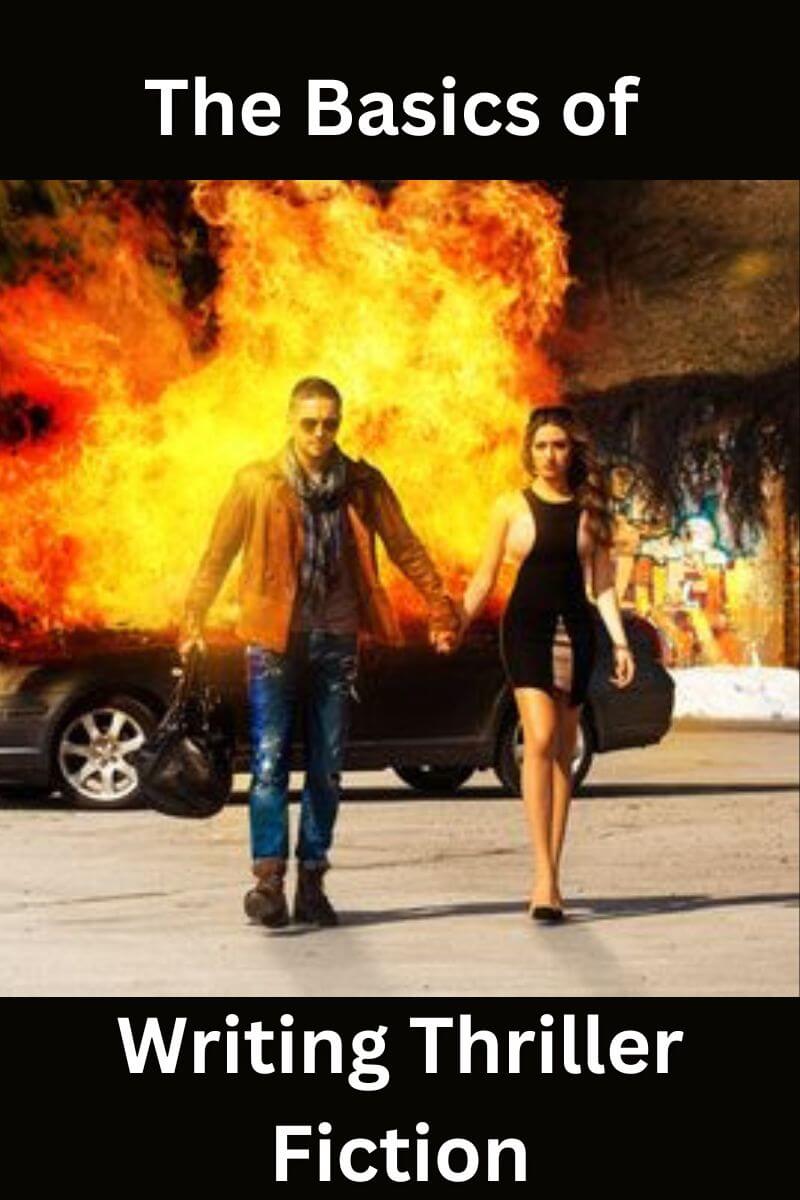best seller plots
by joe sixpak
(usa )
Question: How can I come up with a really new and good concept for a very high concept plot that will become a best seller. I need a way to be creative and also to realise the answer when I get it so I stop looking and start writing.
Answer: Step one is to come up with a really new and good concept for a very high concept plot that will become a best seller.
Seriously though, if there were a guaranteed answer to this question, we'd all be a lot wealthier.
Some things you can do...
1) Genre fiction generally sells better than literary or mainstream fiction, because it has a pre-selected readership. So sample different genres and find out which one you love enough to want to write.
2) Read a lot. Be familiar with the genre you want to write in -- whether that's thriller, romance, mystery, or science fiction. Especially read best sellers and award winners. You want to keep your finger on the pulse of what readers want. Read best sellers in other genres too, because cross genre stories are also popular.
3) Don't just read. Analyze. Figure out what makes certain books bestsellers by looking at style, plot structure, main characters, etc.
4) Obviously you want an original premise, which may be a twist on the premise of a previous bestseller or an interesting combination of two story ideas. A famous example is
5) Try writing loglines that summarize your ideas in one or two sentences. For example, you can use this formula...
Following (an event that changes everything), a
(sympathetic character with a unique flaw or trait) tries to (achieve a goal or resolve a problem) by (a certain plan of action) in order to prevent (something bad happening). This becomes increasingly difficult because (obstacle or complication).
Some examples:
The Fugitive
After being wrongly convicted of murdering his wife, a dedicated surgeon attempts to clear his name by escaping custody, hunting down the real killer, and finding proof of who framed him and why. All the while, he is relentlessly pursued by a police officer who is determined to take him back to jail to be executed.
Titanic
After winning passage on the Titanic, a vagabond artist risks everything to help an impoverished, upper-class woman find the courage to reject her abusive, millionaire fiance and pursue a more meaningful life. The challenge intensifies when a collision with an iceberg threatens to kill them all.
You can then evaluate your loglines, show them to people, and see which ones strike everyone as the most interesting or emotionally grabbing.
Best of luck.
Comments for best seller plots
|
||
|
||
|
||
|
||
- Home
- Plot Questions
- best seller plots











